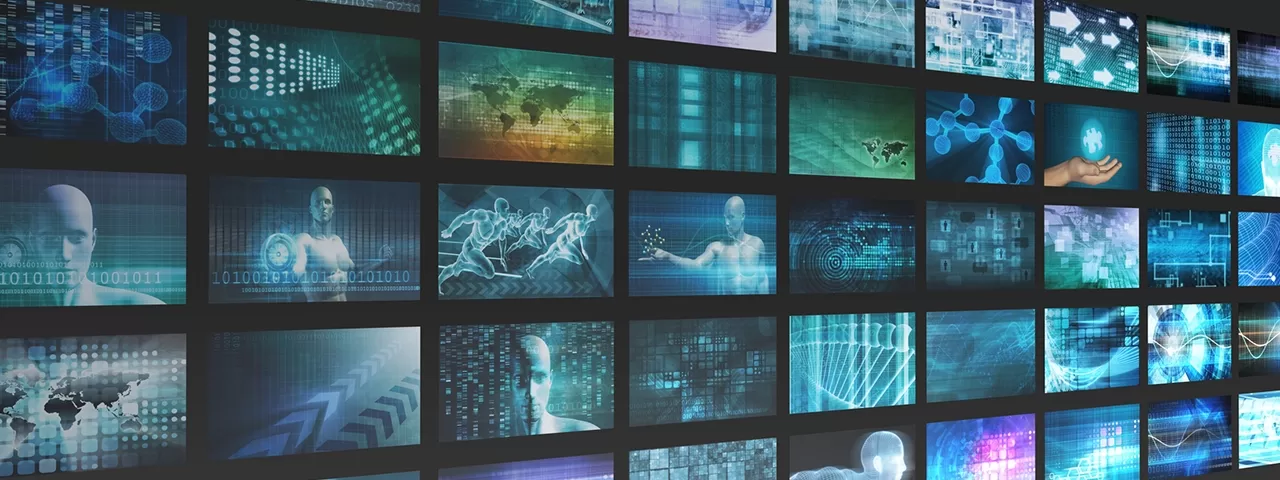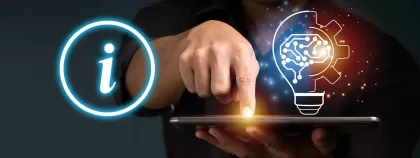By Victor Rodríguez-Reyes, Esq.
The rise of Generative Artificial Intelligence (GenAI) is reshaping industries, creating new challenges, and redefining content distribution models. This technology, which can produce human-like content, is no longer an innovation—it’s a disruption.
New technologies can disrupt industries and, sometimes, even create new markets. Generative Artificial Intelligence (GenAI) is disrupting the distribution model of content, particularly digital content.
For content creators, publishers, and businesses, understanding how GenAI interacts with existing distribution systems is essential to remain competitive.
Recommended for You: Understanding Generative AI: A Legal Perspective
The Current Content Distribution Model
Aggregators and Search Engines: A Dual System
Traditional content distribution online relies on two main models: content aggregators and search engines. Aggregators, such as Netflix, Apple News, and social media apps, act as gatekeepers, curating and controlling the content they distribute.
The main difference is that aggregators play a more important role in curating and controlling content distribution, and, therefore, usually require some sort of licensing of the content they aggregate. Think of Netflix, but also, remember that you provide licenses to social media apps regarding your uploaded content.
On the other hand, search engines like Google and YouTube rely on open access to vast databases of content, enabling users to navigate freely. While these systems differ in control, both depend heavily on existing content to deliver value.
GenAI disruption of the model
GenAI works differently from aggregators and search engines, because instead of providing other people’s content it looks to generate originally created content. However, to achieve the creation of this new content, it relies on previous content accessible to it. Think of a paper written by a student where lots of previous sources are used for footnotes in support of a (hopefully) new take on a topic.
Essentially, GenAI operates like a student writing a research paper: gathering existing information, synthesizing it, and producing a new interpretation.
For this reason, GenAI companies are more interested in licensing large databases of content to train their large language models (LLMs), than in paying content creators royalties for distributing their content. Evidence of this can be found in OpenAI’s (ChatGPT’s owner) data partnerships:


Generative AI Challenges This Framework
Unlike aggregators or search engines, GenAI doesn’t just distribute existing content—it creates “new” content. However, this generation process is far from independent. GenAI systems, such as OpenAI’s ChatGPT, rely on massive datasets of existing content to train their models. Essentially, GenAI operates like a student writing a research paper: gathering existing information, synthesizing it, and producing a new interpretation.
Google snippets: a present test-case of the future
GenAI’s ability to replace front-end-content while still relying on it on the back-end is similar to Google’s practice known as Google’s featured snippets (or Knowledge Graphs), where the search engine “results sometimes show listings where the snippet that describes a page comes before the page link” but the result does not link to the page.
See, Learn how Google’s featured snippets work – Google Search Help.
Google alleges that they display featured snippets when their systems “determine that users are seeking answers to questions that can be fulfilled by specific passages found on relevant webpages.” Id. Others have alleged that this practice is intended to maintain users in Googles website for longer instead of allowing users to access third party websites.
The problem for publishers and content creators is that similar practices have been determined to be highly transformative and therefore, protected under the copyright exception of fair use. (See, Authors Guild v. Google, Inc., 804 F.3d 202, 116 U.S.P.Q.2d 1423, 2015 WL 6079426 (2d Cir. 2015): “Transformative uses tend to favor a fair use finding because a transformative use is one that communicates something new and different from the original or expands its utility, thus serving copyright’s overall objective of contributing to public knowledge.”)
What this means for publishers and content creators
This allows the following opportunities:
- Exploit GenAI’s citation tools to give visibility to your website/content.
- Protect your content through security features (using anti scraping software, for example, or hosting platforms that do, like Facebook or Patreon).
- Publish multimedia content, which requires more resources to be scrapped.
For instance, OpenAI has pursued licensing agreements with large content databases like Associated Press to enhance the reliability and accuracy of its AI outputs. This trend underscores a fundamental shift: content is no longer just consumed—it’s assimilated into AI systems to power future creations.


How Content Creators Can Adapt
As GenAI becomes more prevalent, content creators face two choices: adapt or risk being overshadowed. Here are three strategies to stay ahead:
- Leverage Niche Content
Publishing niche-focused content increases its relevance and authority in GenAI responses. For example, if your industry has limited digital representation, your content could dominate AI-generated outputs.
Example: Blogs about trade secret litigation in Puerto Rico can compel AI systems to use your content as a primary reference due to the lack of competing data online. - Control Accessibility
Protect your content by limiting its availability on open platforms. Private distribution models—such as gated content, subscription services, or platforms like PlayStation—reduce the risk of your data being absorbed into AI training sets. - Prioritize Multimedia Content
AI systems struggle to replicate complex multimedia formats. By incorporating videos, interactive infographics, or podcasts into your content strategy, you can create unique assets that remain challenging for AI to imitate.
Balancing Risk and Opportunity
For creators and businesses, GenAI presents both a risk and an opportunity. While there’s a potential loss of control over content distribution, there’s also a chance to leverage AI to amplify reach and visibility. Organizations that strategically position their content in this evolving landscape can maintain their competitive edge.
For more insights on safeguarding your content and leveraging AI-driven innovation, schedule a consultation with Victor Rodríguez-Reyes, Esq., today. Together, we’ll craft a future-proof content strategy that protects your intellectual property while maximizing its impact.
About the Author
Victor Rodríguez-Reyes, Esq., Senior Member of Ferraiuoli, is a seasoned attorney in Intellectual Property practice, specializing in the intersection of technology and law. With extensive experience advising clients on cutting-edge issues, Victor is passionate about exploring how emerging technologies, like generative AI, are reshaping industries. His insights offer practical guidance for companies exploring the evolving world of artificial intelligence and intellectual property.





